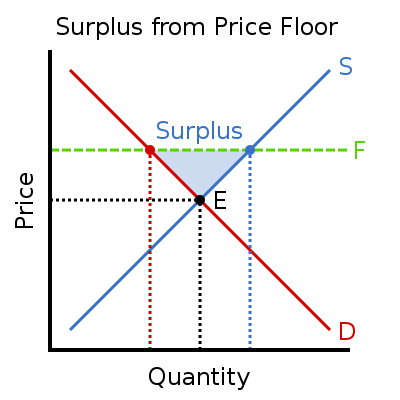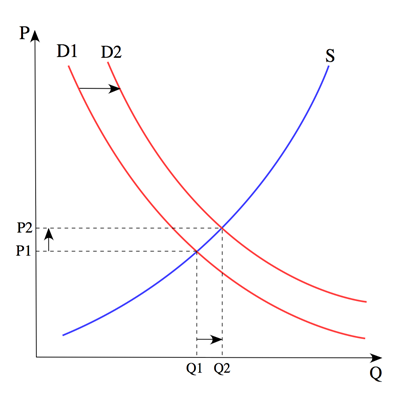The ceteris paribus assumption
The Latin phrase ceteris paribus means “all other things remaining equal.” Because there are multiple factors influencing any one variable, economists apply this assumption in order to segregate the effect that one factor has on the variable in the question, keeping all other factors unchanged. In other words, if we want to examine the effect of one (independent) variable on another (dependent) variable, we need to ensure, through the ceteris paribus assumption, that the effect of other independent variables on the dependent variable is constant. We will encounter this term quite often throughout this course.
Read this brief text to learn the formal definition of ceteris paribus. As a practice activity, identify a variable and list the multiple factors that may be influencing it. For example, say you are planning to request an increase in your salary. What are the factors that influence your salary? Do you think you can attribute the change in your salary to any one of these factors if all of the factors influencing it were simultaneously changing?
Key points
- When ceteris paribus is employed in economics, all other variables with the exception of the variables under evaluation are held constant.
- An example of the use of ceteris paribus in macroeconomics is: what would happen to the demand for labor by firms if a minimum wage was imposed at a level above the prevailing wage rate, ceteris paribus.
- An example of the use of ceteris paribus in microeconomics is: what would happen for the demand for a normal good when income increases, ceteris paribus.
Term
ceteris paribus all else equal; holding everything else constant
Ceteris Paribus
Economics seeks to interpret, analyze and or evaluate situations that occur between individuals, firms and other entities. Due to the potential for multiple agents and other known and unknown external activities to be involved or present but not relevant to an analysis, economics employs the assumption of "all else constant," which is the English translation of the Latin phrase "ceteris paribus".
When the ceteris paribus assumption is employed in economics, all other variables - with the exception of the variables under evaluation - are held constant.
A macroeconomic example
What would happen to the demand for labor by firms if a minimum wage was imposed at a level above the prevailing wage rate, ceteris paribus? As depicted in below, the supply and demand curve are held constant, as are labor and leisure preferences for workers, and output considerations for firms, in addition to all other variables and characteristics embedded within the shape of the supply and demand curves. Thus, what is being evaluated is the impact of a constraint on market equilibrium.
Macroeconomics: Binding price floor
E is the equilibrium wage level when there is no binding minimum wage. When a minimum wage is imposed, ceteris paribus, suppliers of labor are willing to provide more labor than firms (demand for labor) are willing to purchase at the binding minimum wage rate. There is no shifting of either curve related to behavior influenced by the higher wage rate because ceteris paribus is holding labor-leisure trade-off (of workers) and substitution of labor (by firms) constant, along with other potential influencing variables.
A microeconomic example
What would happen for the demand for a normal good when income increases, ceteris paribus? In this case, as depicted in the image below, a consumer's preferences for the good and their demand for complements and substitutes are being held constant along with other attributes that could potentially impact their demand for a good, such as the good's price. The supply of the good and the market and firm characteristics implicit in the shape of the supply curve are also held constant. This allows for an analysis of the increase in income, on the consumer's demand for the single good alone.
Microeconomics: Income and demand
A consumer is able to purchase a normal good and has a demand curve, D1, which provides the relationship between price and quantity given his preferences, income and other consumption attributes. Assuming an increase in their income, ceteris paribus, their demand curve would shift outward to D2, corresponding to a higher quantity for each purchase price. The consumer would then move their consumption for the good from Q1 to Q2, increasing their purchase of the good.
Source: Boundless. “Ceteris Paribus.” Boundless Economics. Boundless, 21 Jul. 2015. Retrieved 22 Oct. 2015 from https://www.boundless.com/economics/textbooks/1515/introducing-supply-and-demand-3/demand-46/ceteris-paribus-172-12270/

